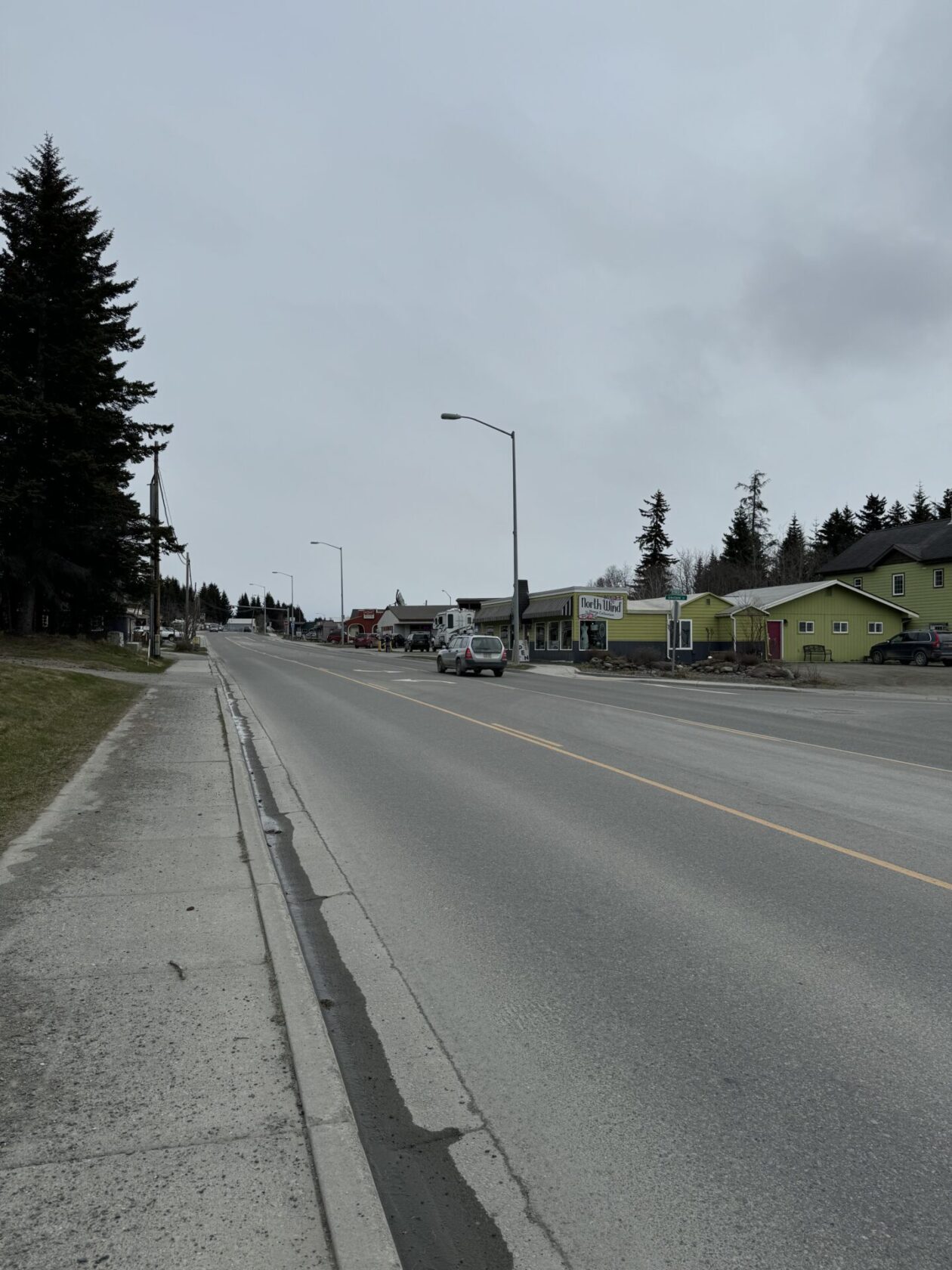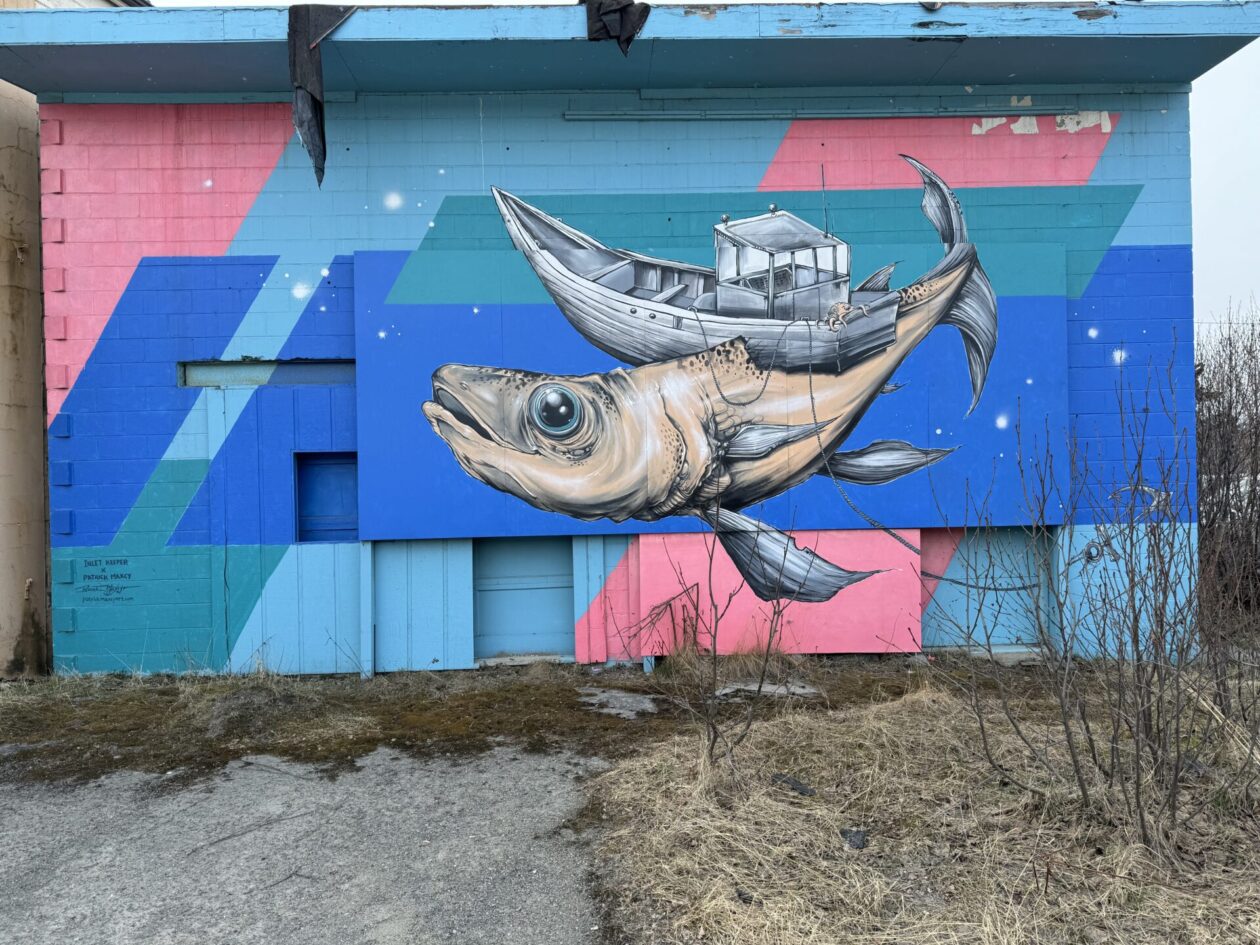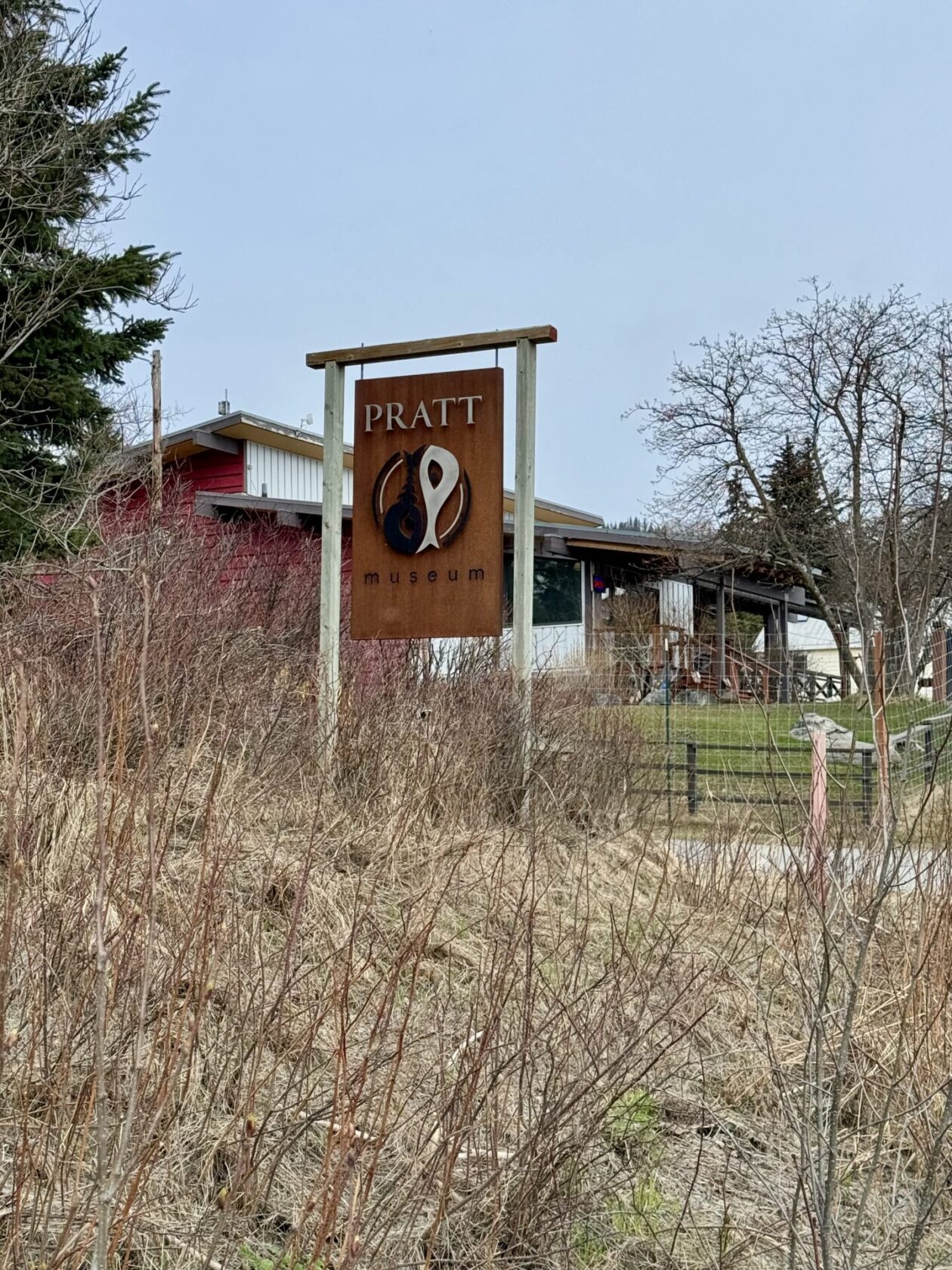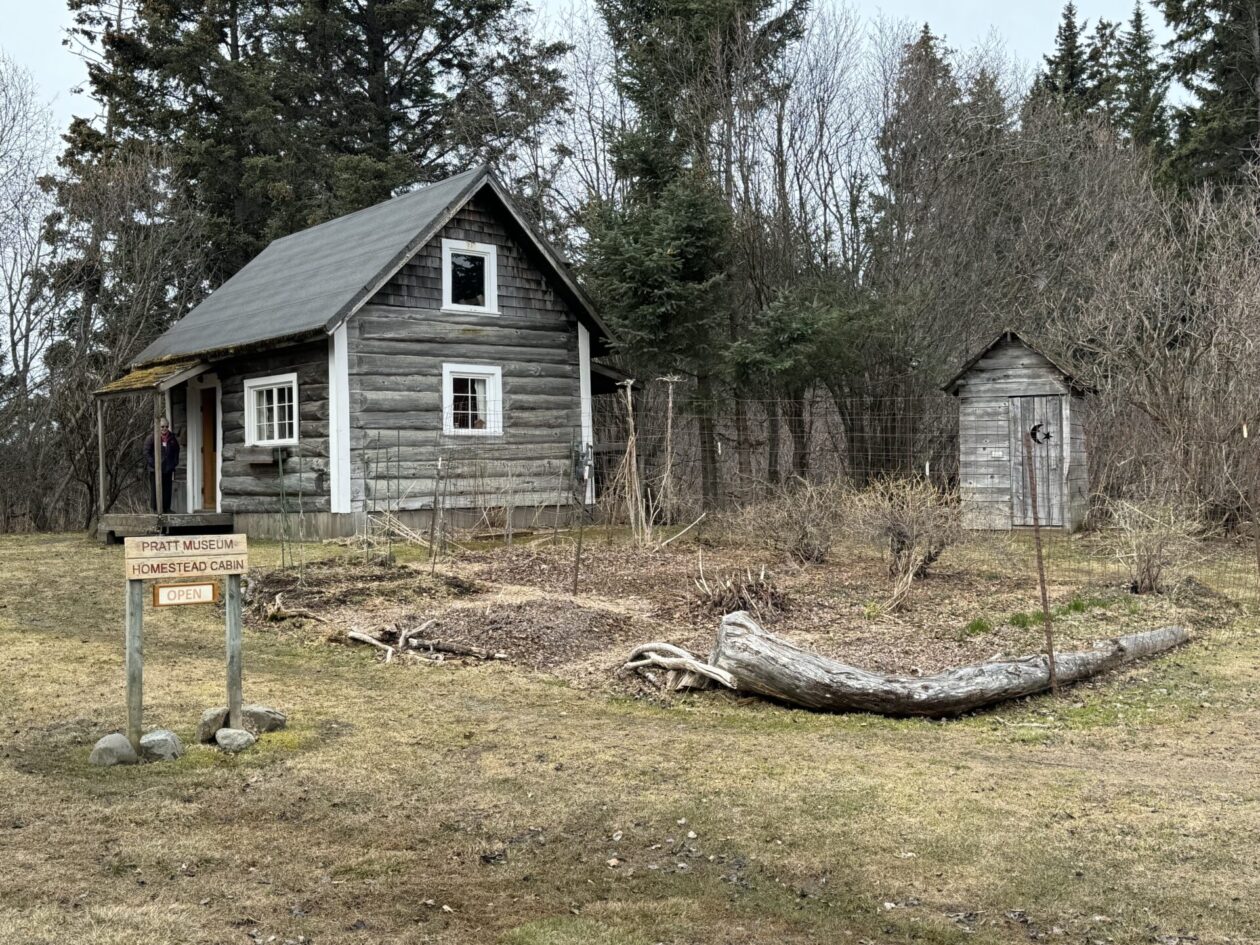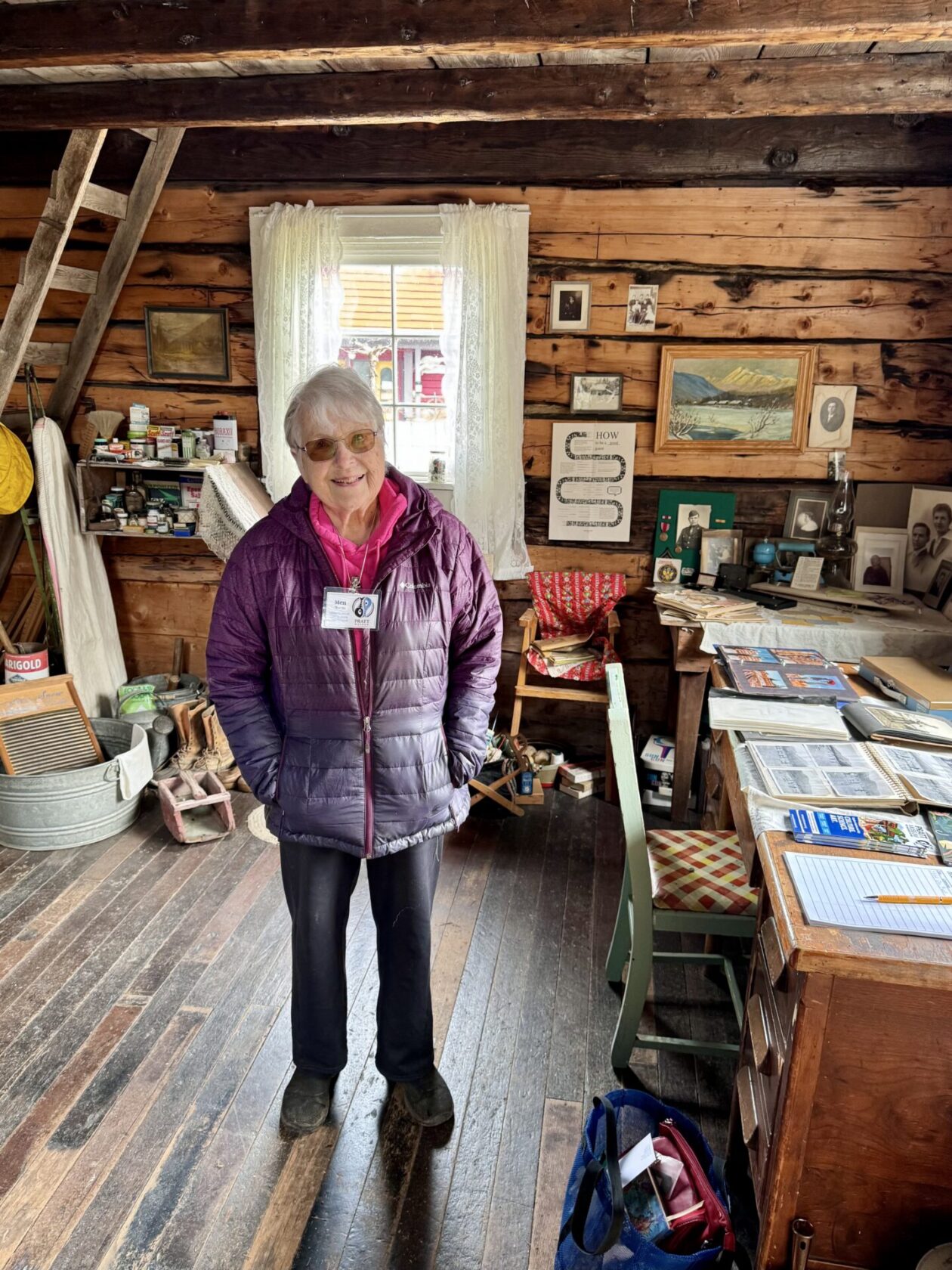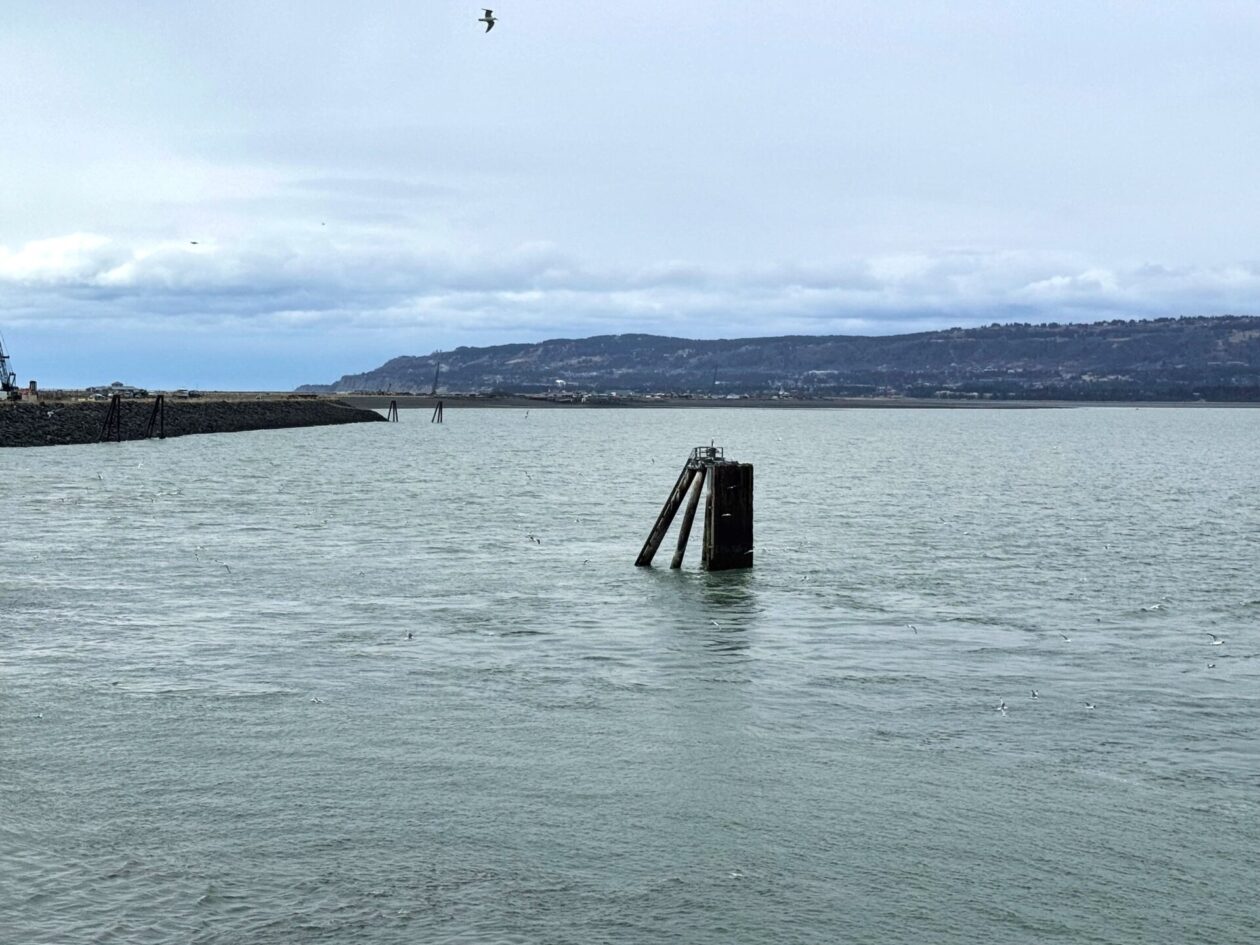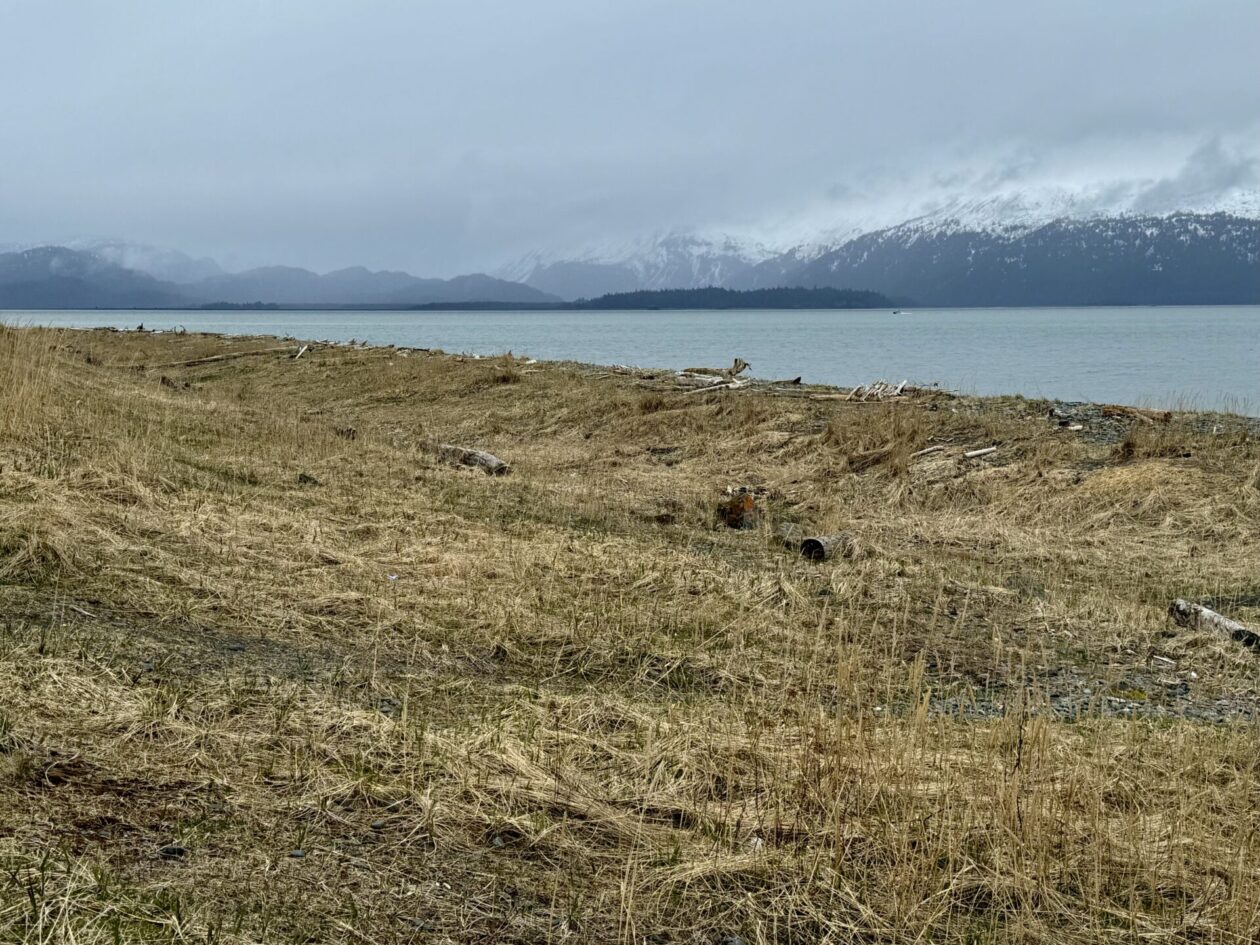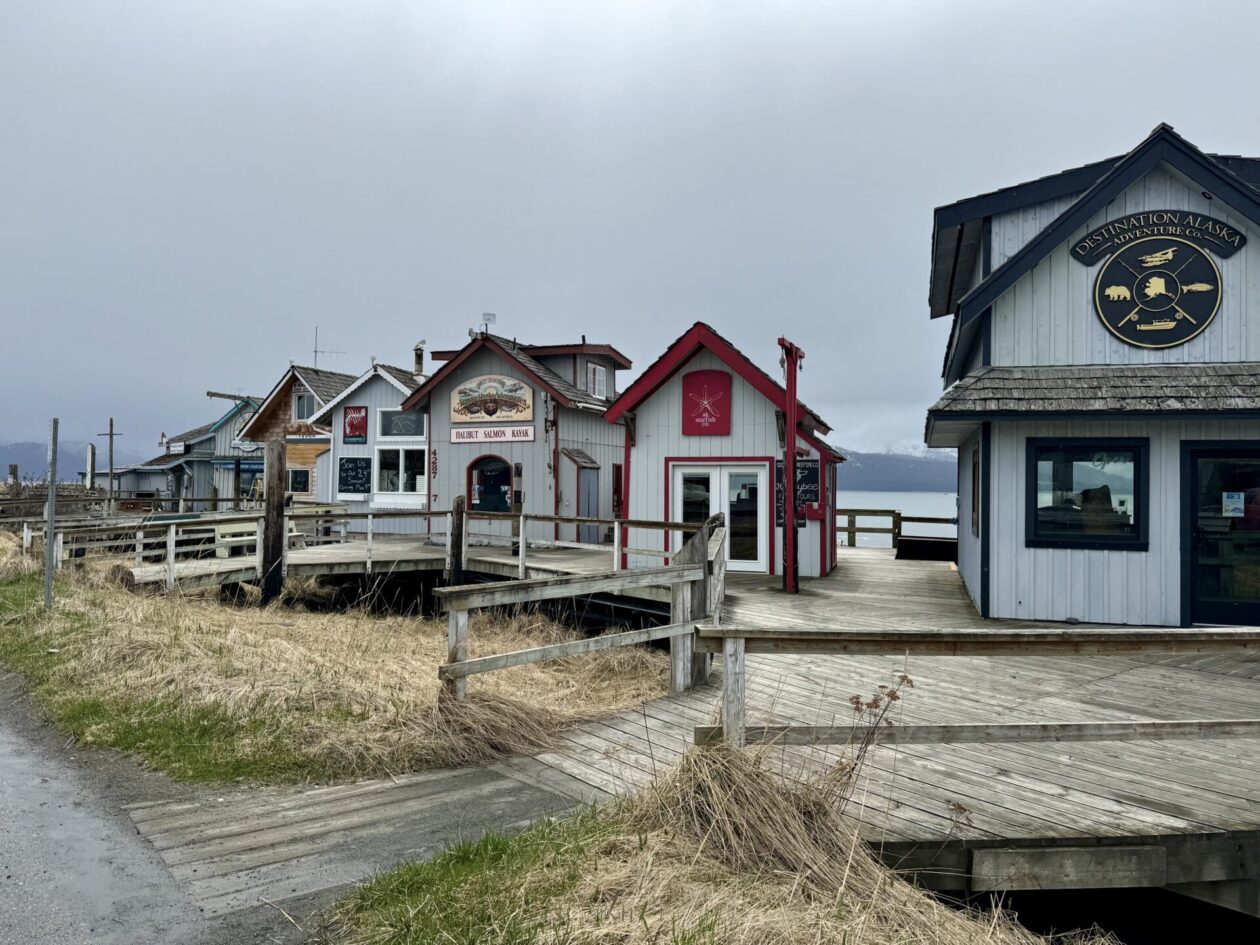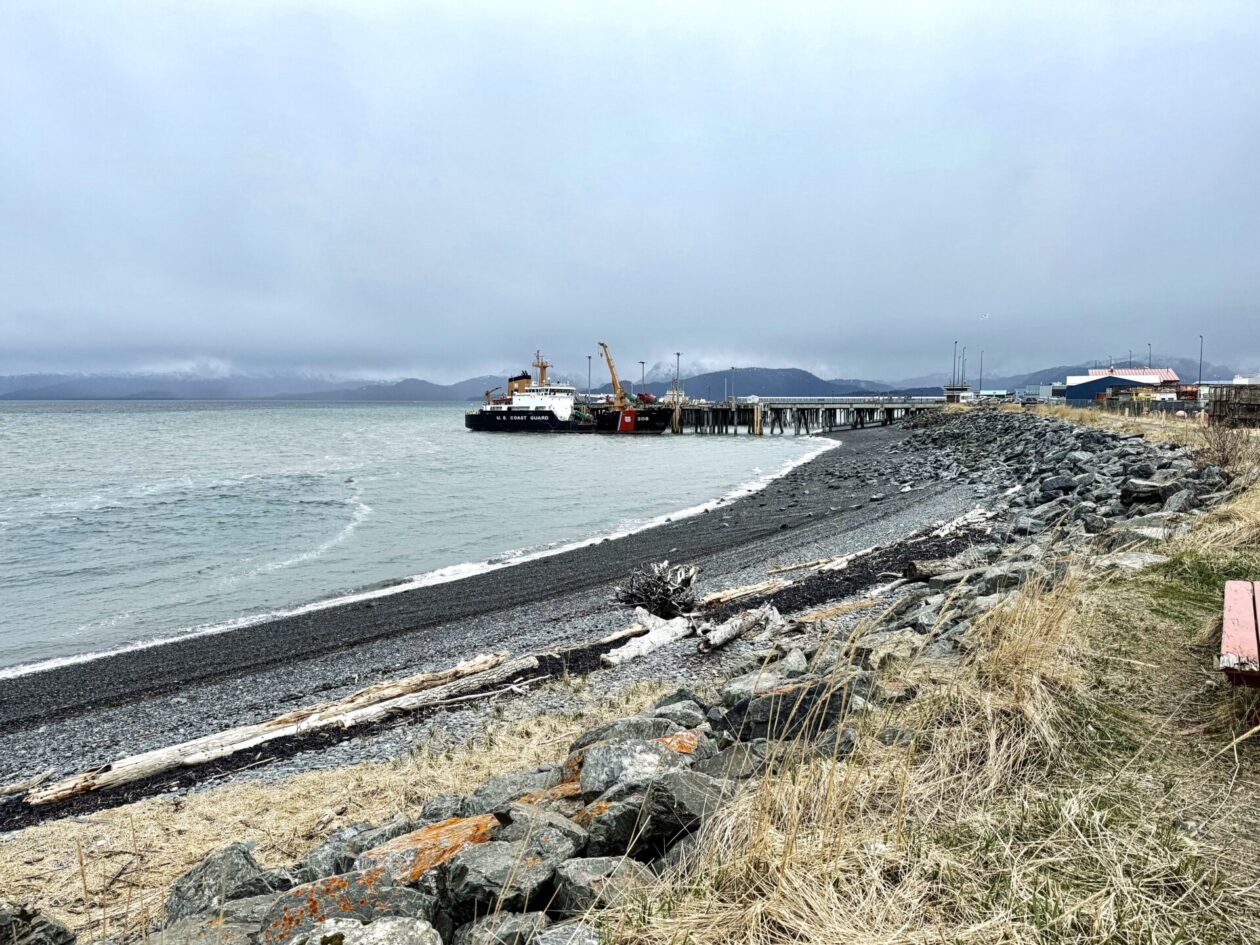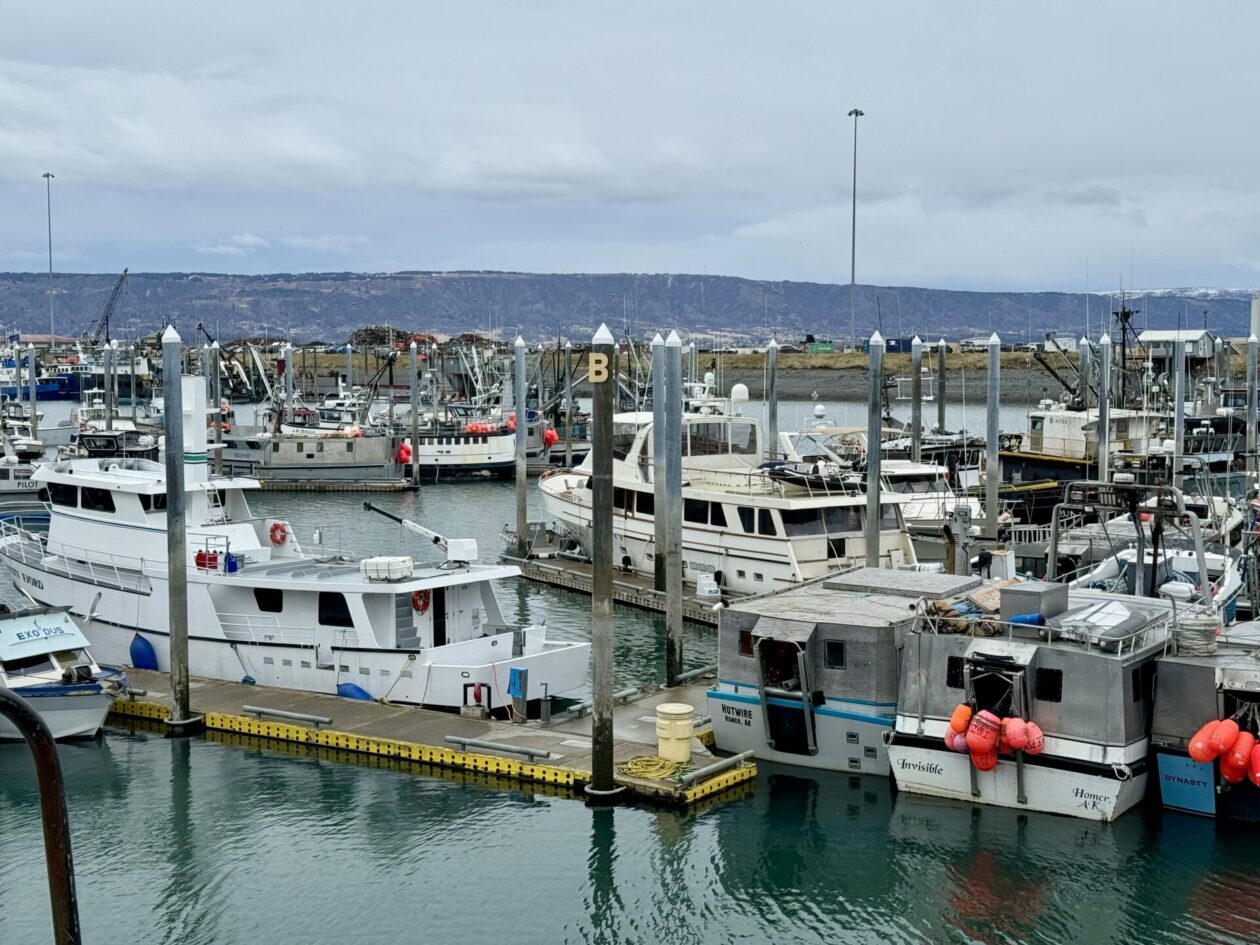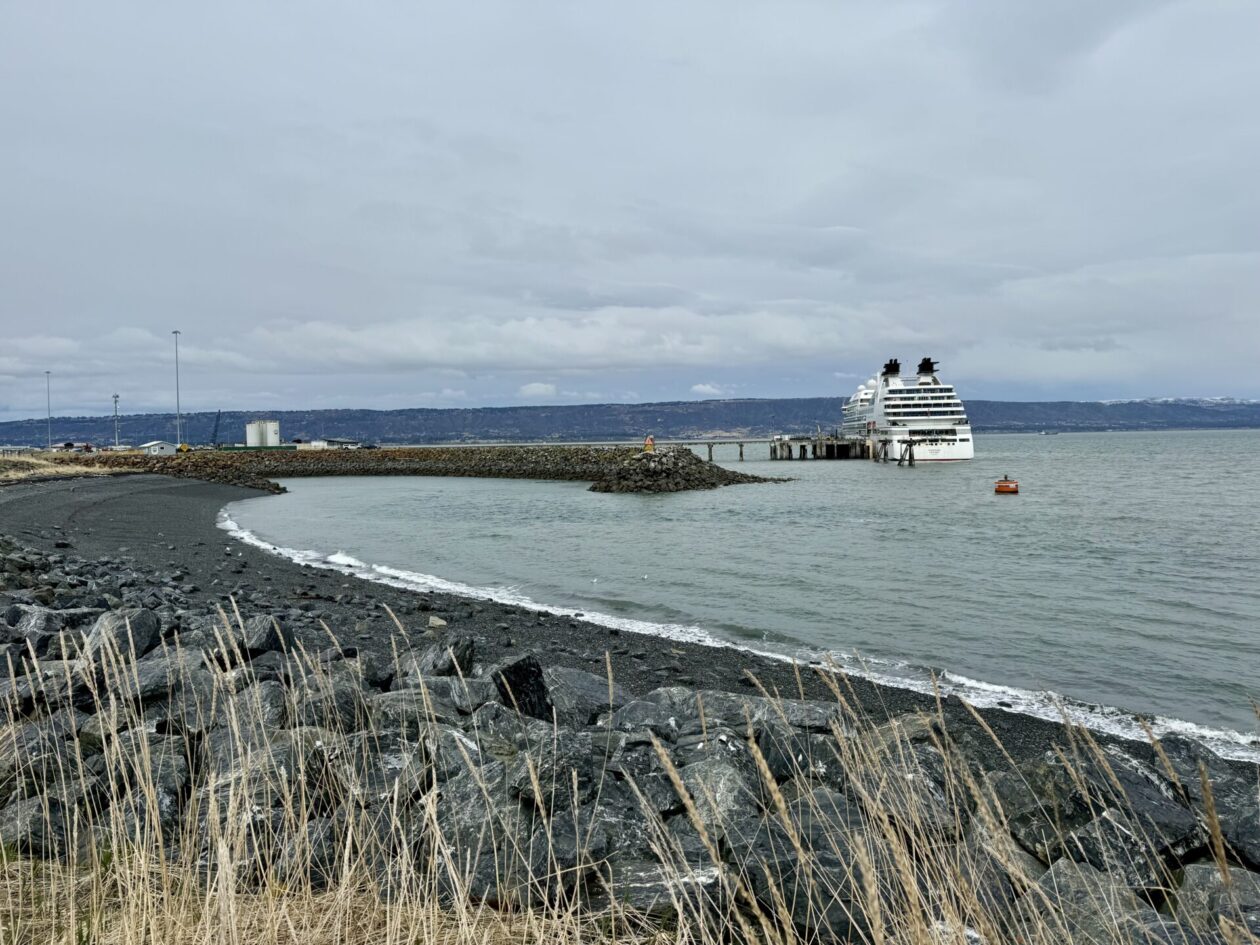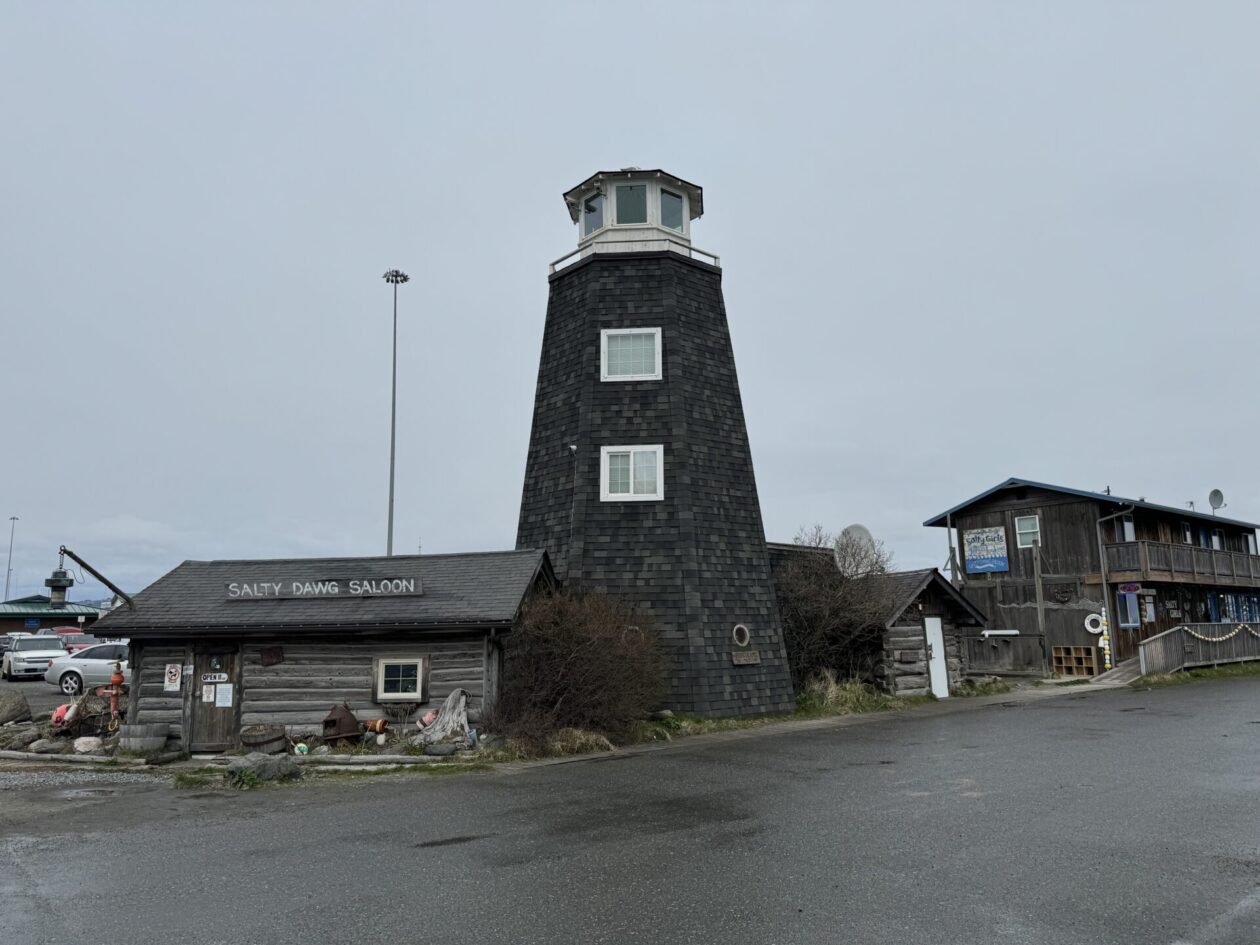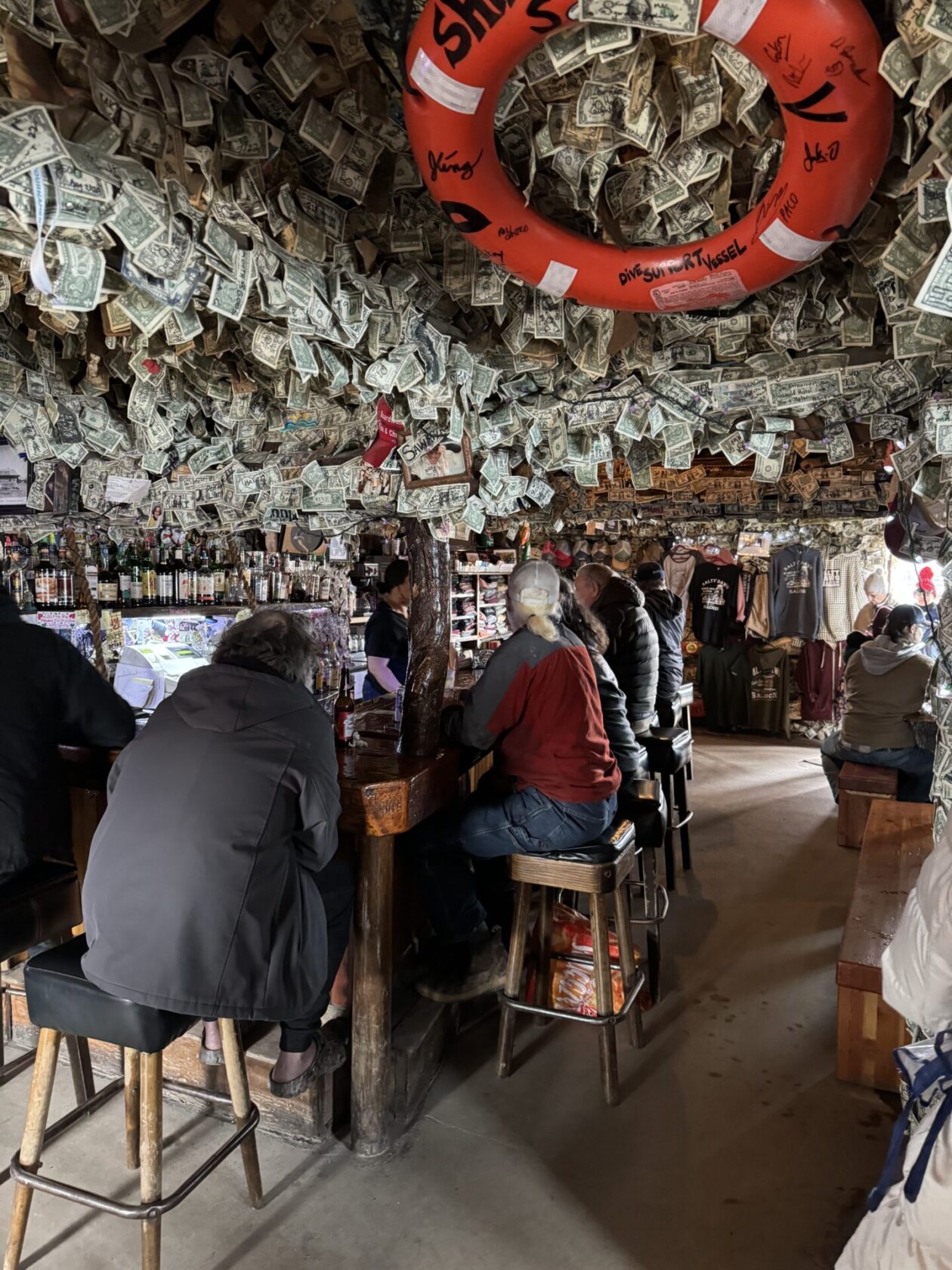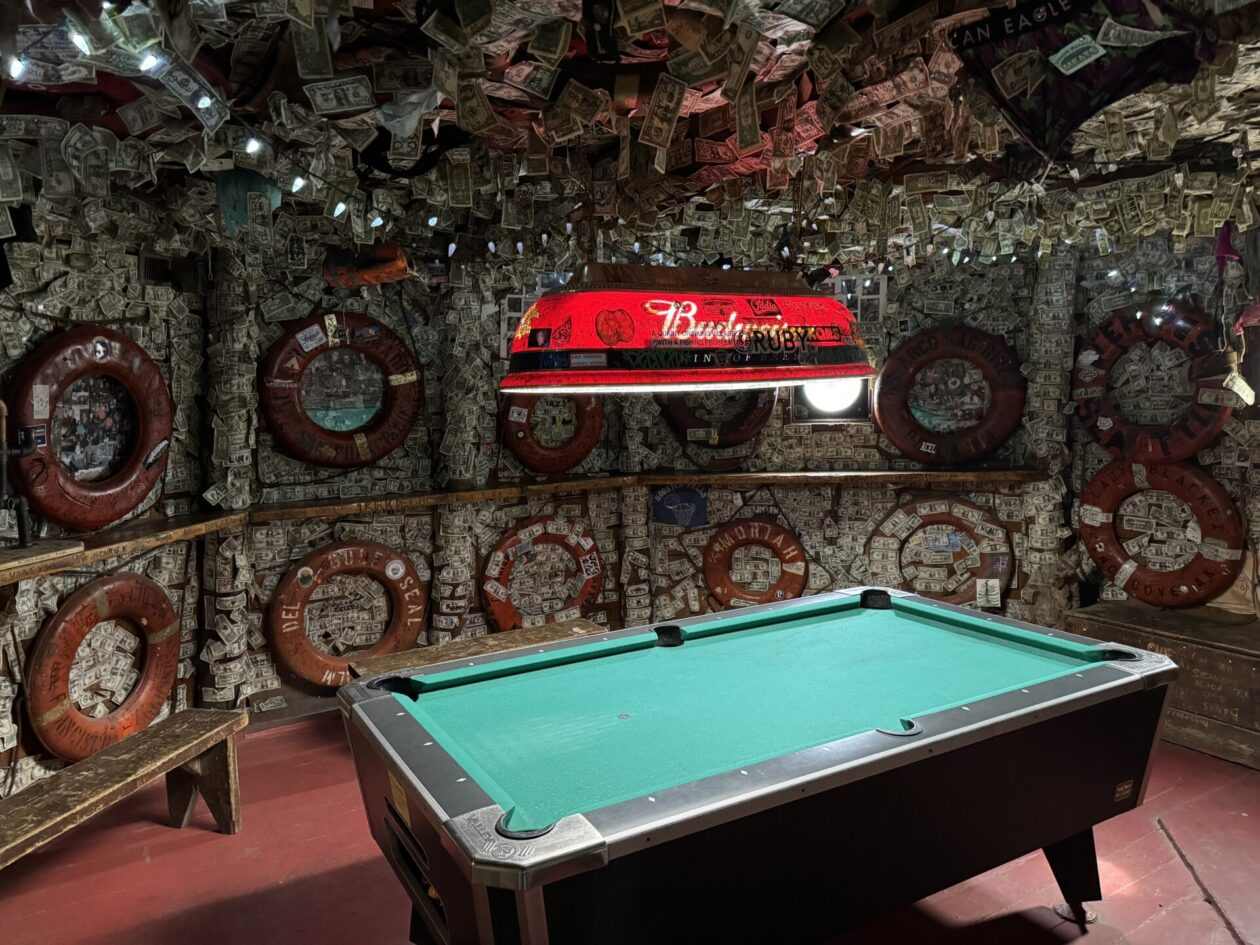- Northern Pacific Wanderings 2024 — here we go!
- Enjoying a few days in Hong Kong
- A day in Kaohsiung and Tainan, Taiwan
- A quick trip to the Penghu Islands
- Two Days in Taipei, Taiwan
- Naha, Okinawa
- Two days in Beijing
- Two days in Incheon and Seoul, South Korea
- Jeju Island, Korea
- Busan, Korea in a day!
- Nagasaki, Japan
- Arita, Japan
- Miyajima and Hiroshima, Japan
- Kyoto’s Bamboo Forest and Rock Garden
- Matsushima, Japan
- Hakadote, Japan
- Kushiro, Japan
- Dutch Harbor….er, Unalaska, Alaska
- Kodiak, AK
- Homer, AK
- Glacier Bay National Park and Preserve, AK
- Sitka, AK
- Klawock and Craig, AK
- A Nanaimo, BC, Canada drive by
- Vancouver BC, end of trip, and final thoughts
Today we visited Homer, AK, a small city on the Kenai Peninsula, around 200 miles southwest of Anchorage. It was actually settled in 1896 by a gold mining company promoter, Homer Pennock, who built quarters for 50 men. The gold mining turned out to be a bust, but coal was discovered and became the major industry until World War II. Since that time, Homer has focused on both commercial and sport fishing, as well as tourism. It has been recognized as the “halibut fishing capital of the world”, as well as “Alaska’s most charming town.” There are a few other phrases that are tacked on to Homer, including “the end of the road” due to its being the terminus of the Sterling Highway and “the cosmic hamlet by the sea,” both because of the city’s population of “homesteaders, and artists, fishermen and ex-hippies, with a sprinkling of outlaws and seers” and a restaurant (Cosmic Kitchen) owned by a guy who vowed not to wear shoes or cut his hair until world peace was achieved and world hunger was ended. It turns out this guy spawned a local movement called the Barefooters!
Anyway, the ship docked out at the end of Homer’s most important natural feature — the Homer Spit, a 4.5 mile gravel bar that juts out into Kachemak Bay. It turns out that it is the second largest naturally occurring spit in the world (the largest is the Arabat Spit in the Sea of Azov, that clocks in at over 68 miles!). To get around, we used a hop-on/off bus since most things are centrally located in the center of town. I should note that the local Chamber of Commerce paid for the bus to encourage the passengers to go in and spend money in the town. There were a number of galleries and other shops along their main drag (Pioneer Avenue), but it really felt more like a suburb bypass than a “Main Street.” We later found an Old Town with a few more shops. After browsing the galleries, we visited the Pratt Museum. The museum is an excellent cultural center with lots of Alaskan Native artifacts as well other local history and art. They also had an in-depth exhibit on the Exxon Valdez disaster which happened in nearby Prince William Sound. Probably the most interesting part of the museum for me was the Homestead Cabin. Originally built in 1935, it has been moved six times before it finally ended up at the museum. This was a typical cabin that people would have built when they started homesteading. In fact, this cabin played host to a number of homesteaders who were building their own place. What made this particularly interesting was the volunteer docent, Milli, who homesteaded here with her husband (a retired Air Force serviceman) in the early 1980s. Having done nothing like this in the past, they felled trees, stripped them, carved them for fitting, on laid them on a foundation they built, with only a little help from neighbors. I asked her why they chose to do this — especially moving from Texas — and she replied that they always loved this area, were able to get some land and wanted to try it. She still lives in that house. And it turns out that she isn’t a rarity. One of the exhibits in the museum showed a map of the homesteads in the Homer area from the mid-1940s. Many people have dreamed of a pioneering life, living off the land, and creating their own destiny. This area in Alaska seems to have attracted many of them and now are in their second (or more) generations. In fact, while we didn’t have time to go, the Kilcher Family Homestead is only 12 miles from Homer and is the subject of a number of documentaries and reality shows , including the Discovery Channel show “Alaska: The Last Frontier.”
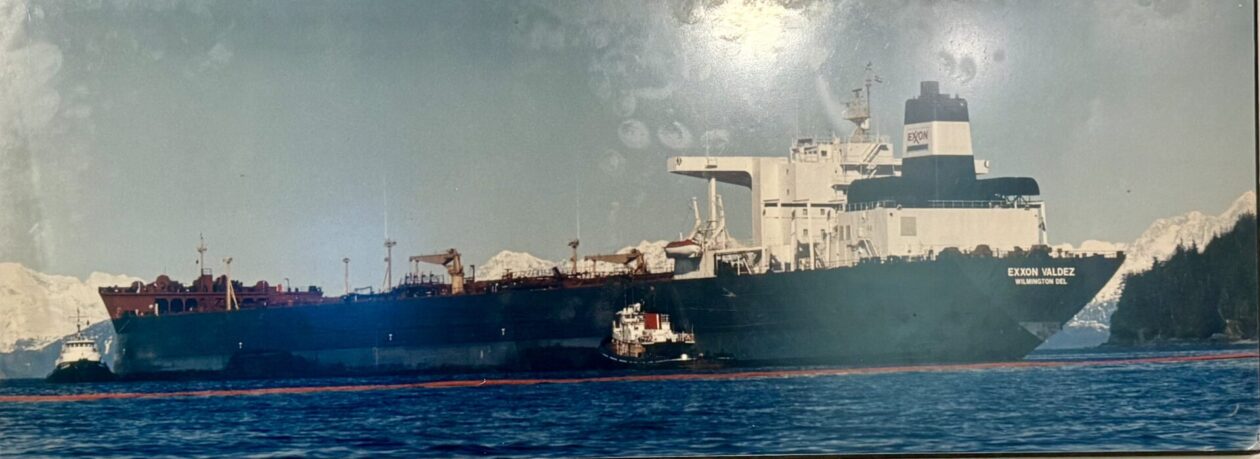
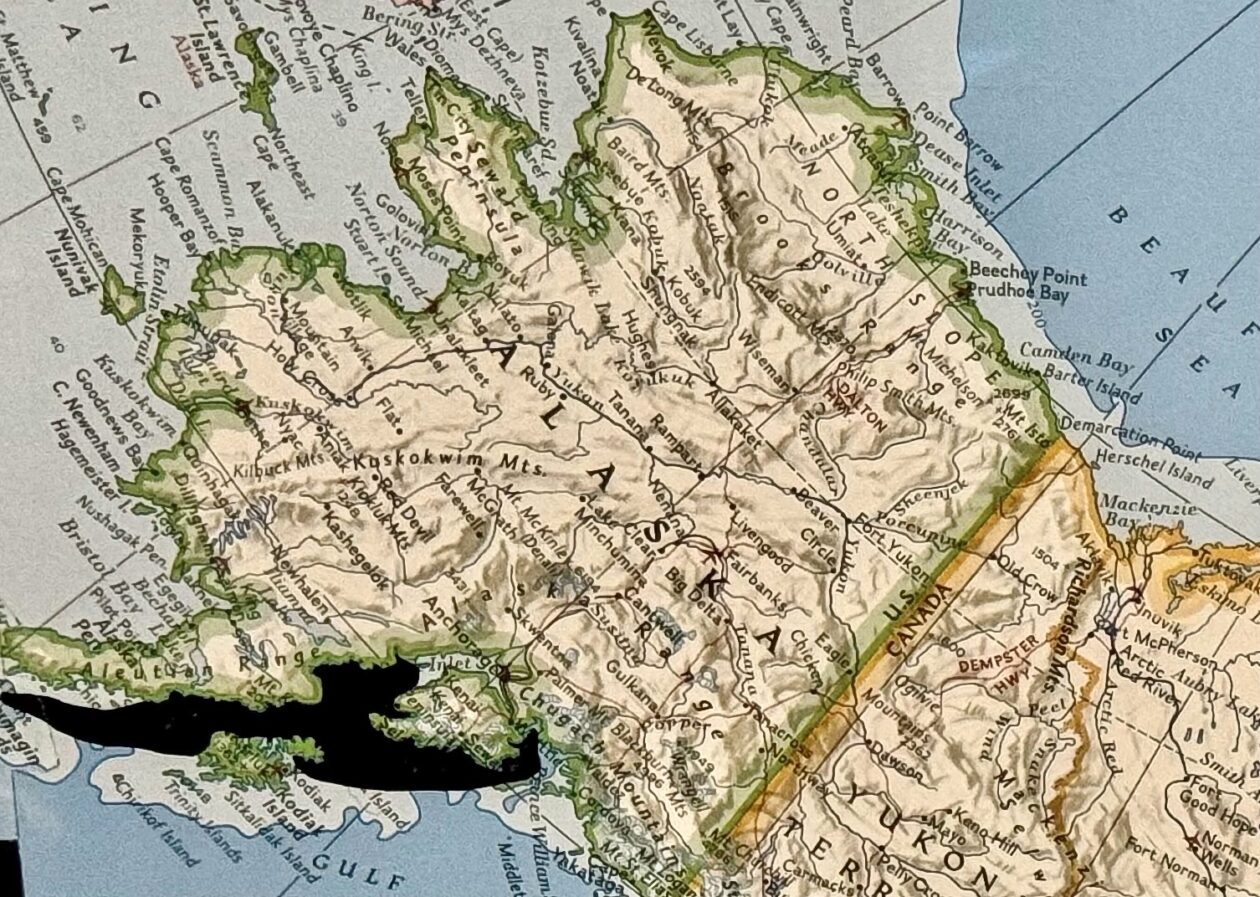
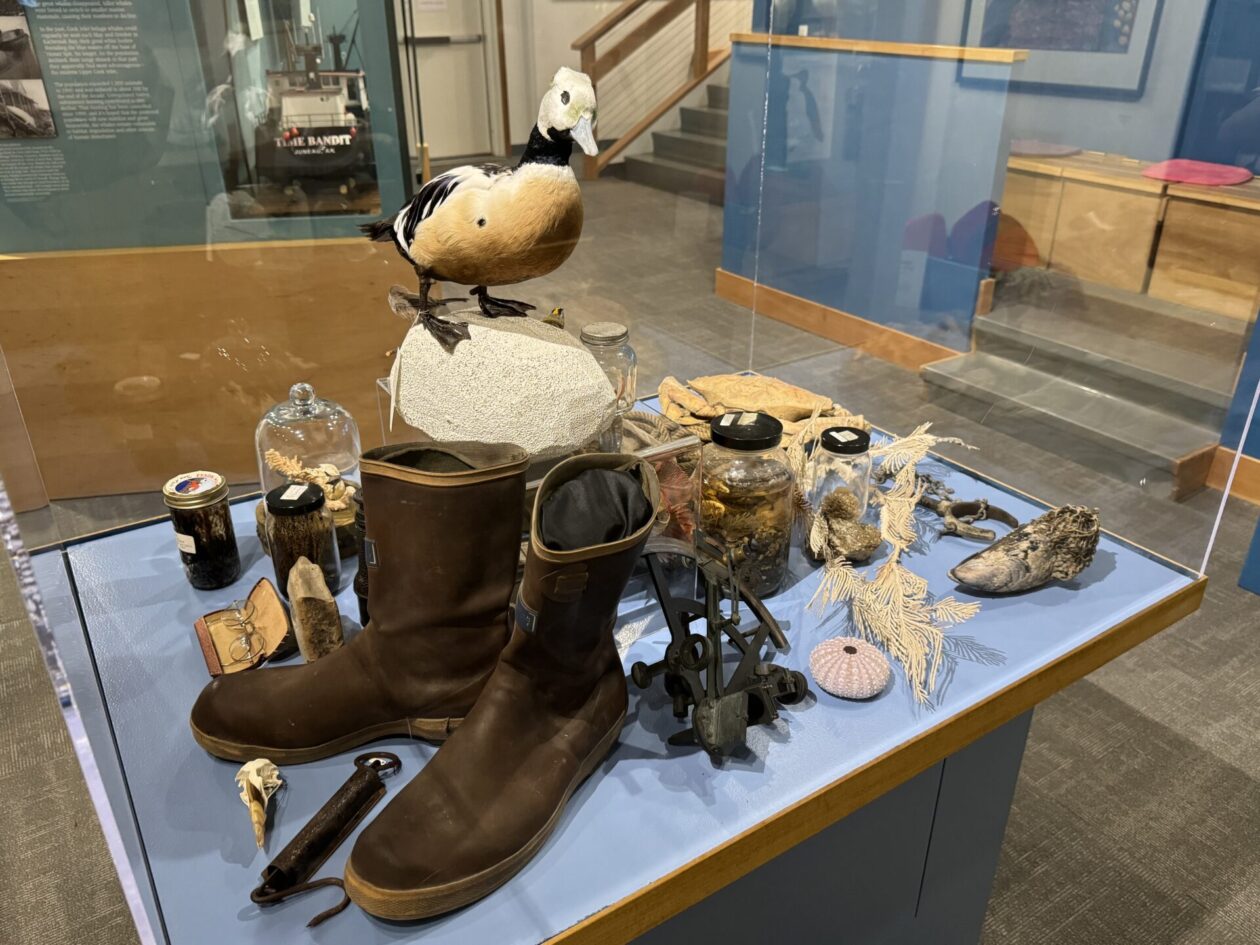
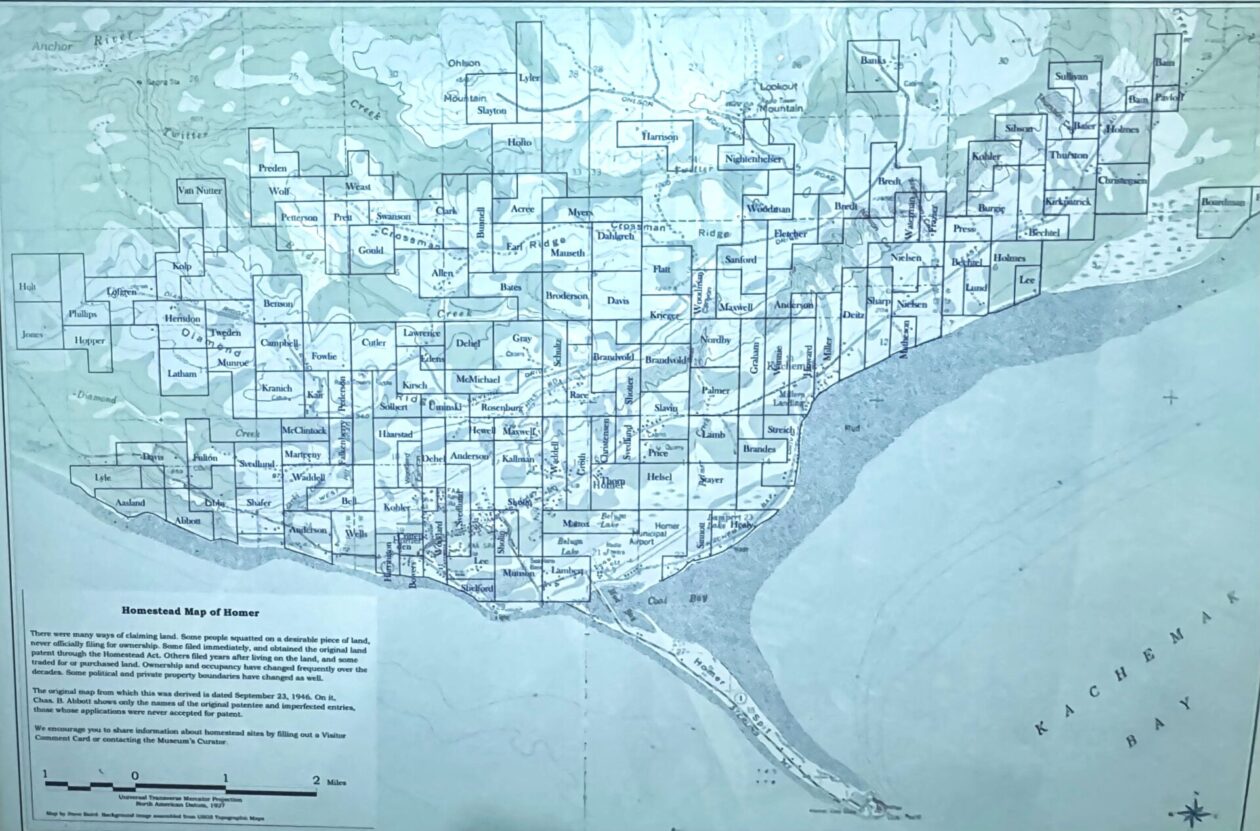
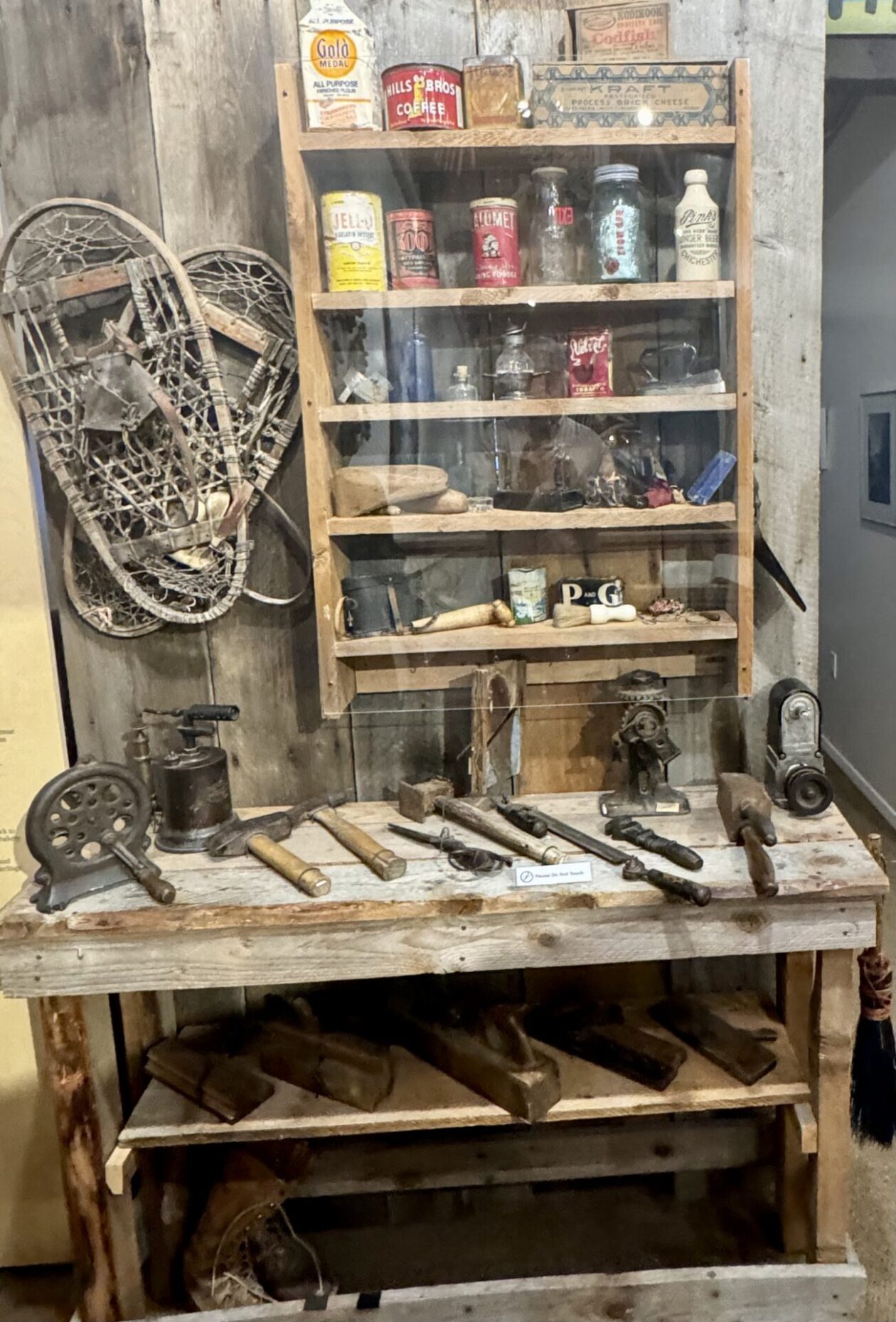
As we made our way back to the ship, we had to scout around a number of the shops that have been built on The Spit. Of course, the famous spot is the Salty Dawg Saloon. We were warned that it was a good place to get a drink, but never, never order something to eat there!
So now we are off for two sea days before arriving in Sitka.
This entry was posted in Alaska, Cruising, Homer, Travel, United States